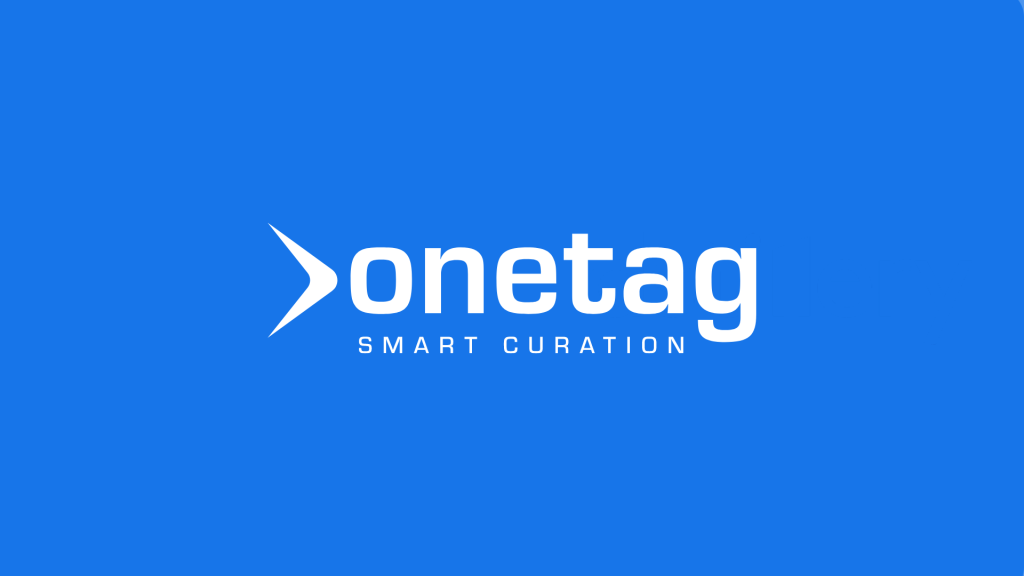by Salvatore Nicotra, Chief Innovation Officer, Onetag
The advantages of supply-side curation have been widely discussed and debated, but now the industry is starting to home in on exactly how to curate inventory, as we move from traditional approaches to a new era known as signals-based advertising.
According to Adweek’s latest guide, Thrive in a Signal-Based World, approximately 40% of web traffic now operates without third-party cookies. If anything, this estimate is an understatement, when we consider the further impact of consumers disabling tracking in Chrome and cookie sync user match rates. Cookie-based reachability is severely limited, causing major signal loss and fragmentation of the digital advertising ecosystem.
This means marketers now need to work to unify the new world of signals, combining probabilistic, deterministic and ad placement level data. They must then use that unified data to create the perfect blend of optimised-for-scale and precise audience targeting strategies. Finally, they need to activate those all-important insights through advanced AI and automation.
A key part of this approach is leveraging smart curation technology, with its advanced optimisation and targeting capabilities, and agentic AI that makes the process easy and intuitive. So let’s dive straight into the data signals that form the foundations for effective curation.
Back to basics – what is sell-side curation?
At its most efficient, sell-side curation in programmatic advertising optimises data signals to deliver highly relevant impressions, significantly enhancing campaign performance. This approach benefits the demand side by improving user matching, expanding scale, and strengthening addressability with first-party data.
Advanced data science, real-time AI and ML further refine this process. For instance, they enable placement-level traffic shaping, which can filter out problematic ads while directing the best impressions to the demand side, optimising specific client KPIs. Given that DSPs can only access a limited portion of the bidstream, sell-side curation ensures inventory is optimised at source, improving DSP performance, efficiency and ROI.
Diving deeper into ad placements
Ad placement performance varies widely and is influenced not only by campaigns running on an increasing number of channels, but also by the shifting attributes of ads at the site and page level. The only way to filter out inefficiencies – and make sure you’re able to optimise ad placements in real time – is to leverage smart curation technology that understands and makes decisions based on real-time placement-level intelligence.
When it comes to measurement, there are a number of curation metrics marketers should be using to evaluate media quality, including ad refresh rates and MFA pattern detection. Meanwhile, attention-based metrics – for instance time-in-view and ads-to-content ratio – are also important in refining ad placement strategies.
Improving targeting with ID-based signals
Identity solutions that are interoperable with curation tools can empower advertisers and publishers to bid on and purchase cookieless traffic within the bidstream. Curation enables advertisers to leverage multiple identity solutions instead of committing to just one, broadening a brand’s reach across households and individuals.
Deterministic ID solutions can provide an accurate way of targeting based on verified consumer attributes, but with an estimated 20% of open web content sitting behind authentication walls, it can be hard to scale. Probabilistic ID solutions address this gap by incorporating transient attributes such as device type and connectivity patterns to expand audience reach.
The role of ID-less solutions
With privacy regulations tightening, ID-less audience data solutions have become a critical tool for targeting, retargeting and frequency capping. Curation platforms integrate decentralised data signals, replacing personal identifiers with anonymous information to maintain compliance with evolving privacy laws.
ID-less audiences are built over time through cohort analysis, considering interests, locations, behaviours and actions. Supply-side curation enhances the scalability of these data sets, yielding up to 70% greater user matching compared with demand-side activation.
Enhancing relevance through semantic and contextual targeting
Contextual targeting remains one of the key mechanisms to engagement, and the integration of semantic data signals has expanded its depth and effectiveness. In contrast to traditional contextual advertising, which relies on site classification and keyword matching, semantic technology employs ML to analyse the deeper meaning of on-page content. This enhances the accuracy of ad placements, ensuring they align with an advertiser’s specific content requirements.
By processing millions of data points, semantic technology enables advertisers to execute broad, medium, or highly specific contextual campaigns across the premium open web. This not only improves ad performance and conversion rates, but also enhances monetisation for publishers by unlocking previously untapped environments. Semantic targeting is entirely cookieless, privacy-compliant, and brand-safe, making it a valuable asset in a changing programmatic landscape.
In 2025, supply-side curation extends far beyond simple Deal IDs with pre-filtered domains. Advanced measurement, targeting, and curation technologies are continuing to enhance media efficiency and campaign outcomes, filling the void left by traditional programmatic methods. At the core of this evolution, supply-side data signals remain the driving force behind the future success of programmatic advertising.n done right, it will transform your programmatic media.
Original published on: LinkedIn



